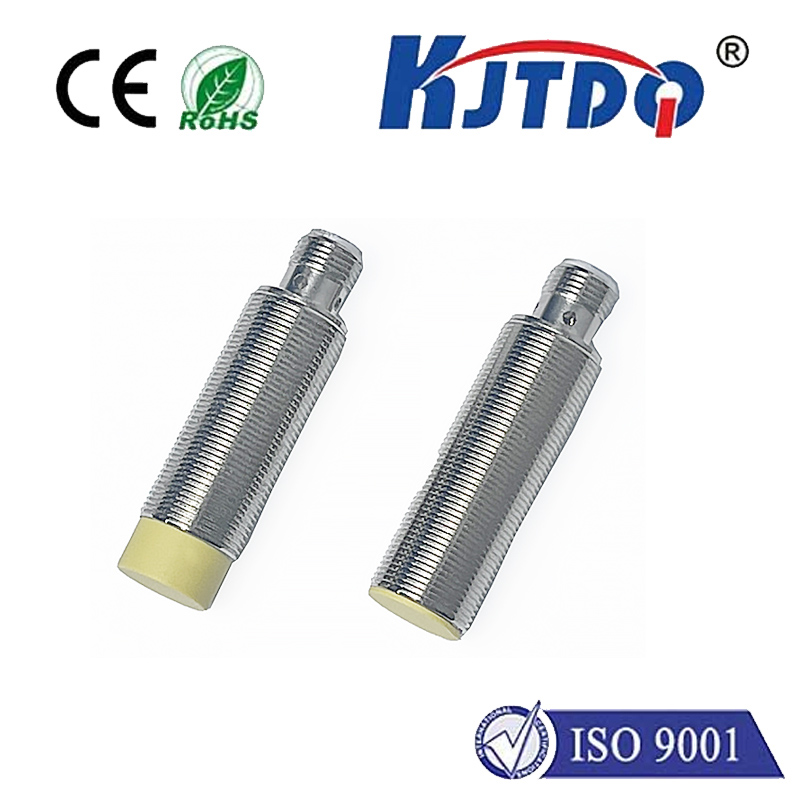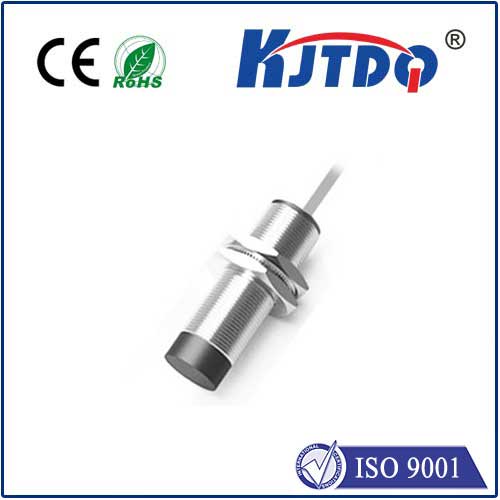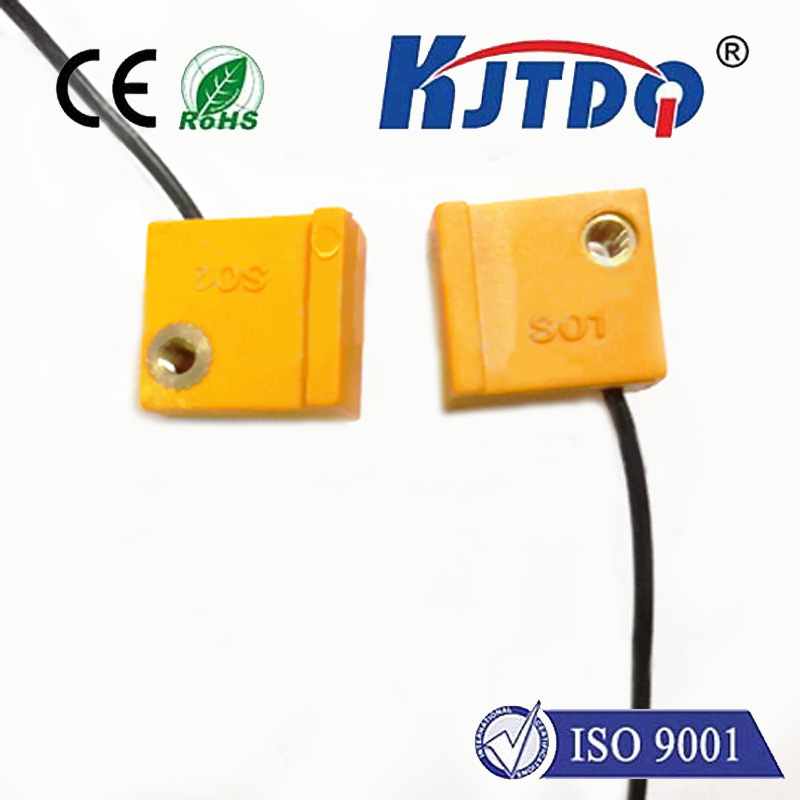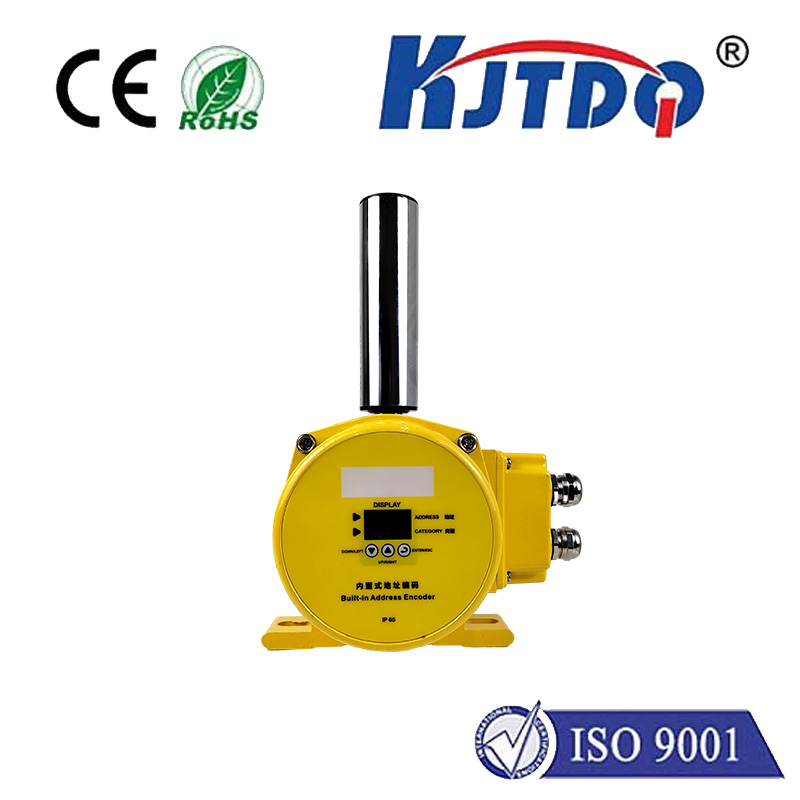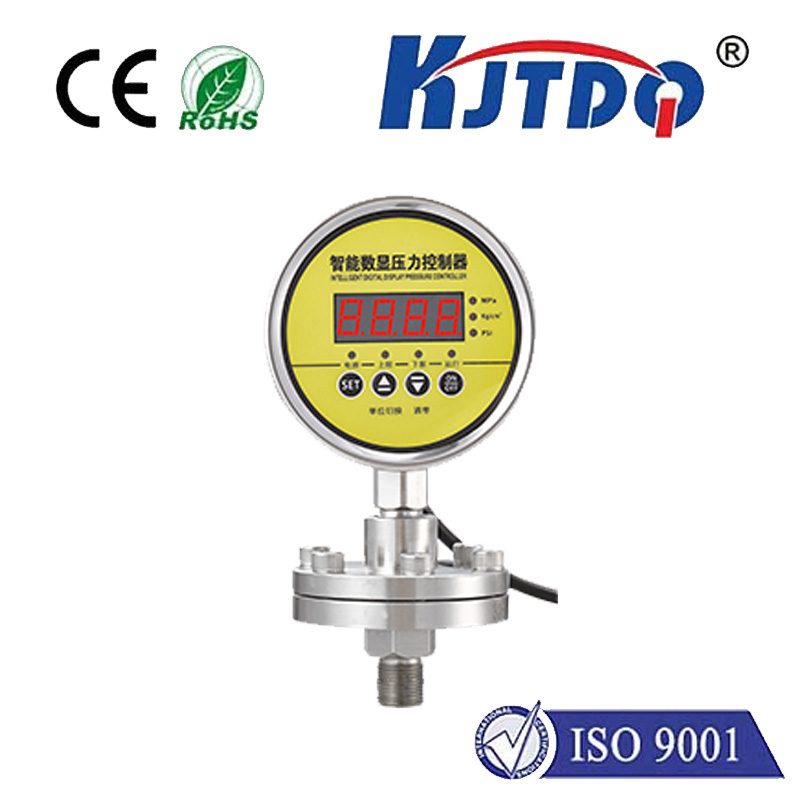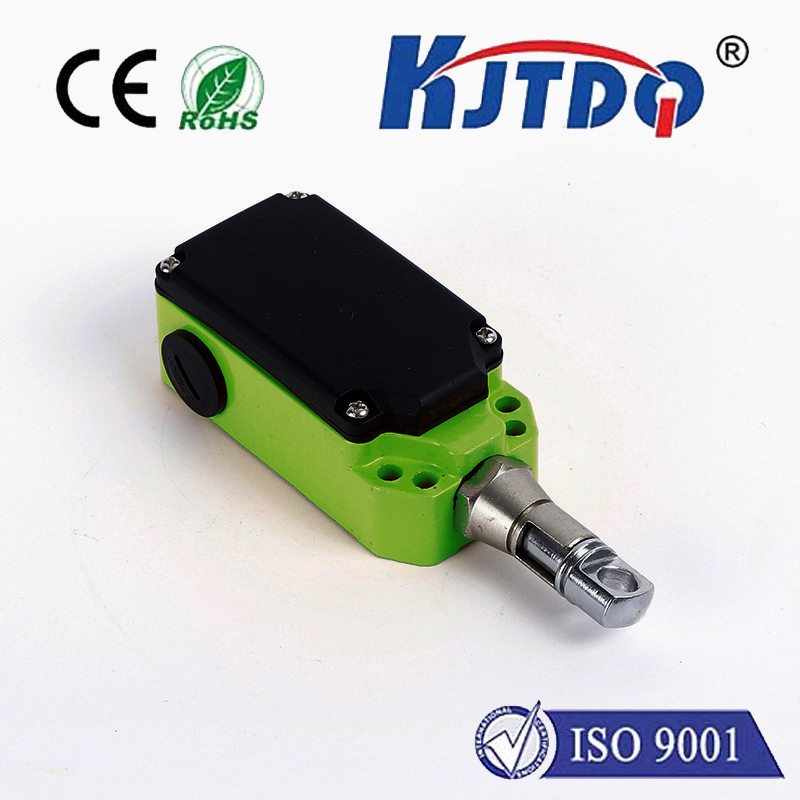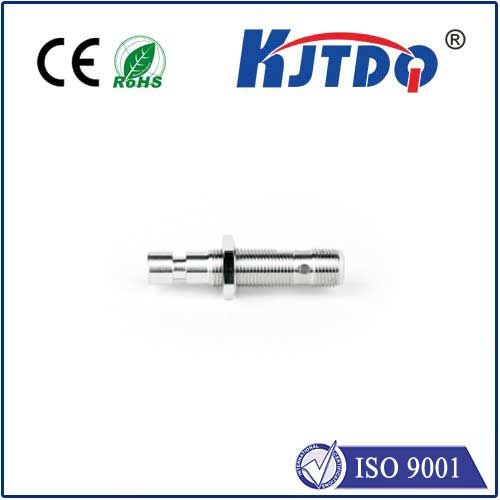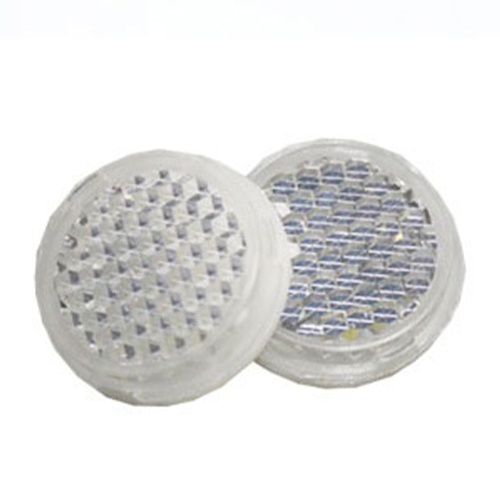BES03T5 high pressure proximity sensor
- time:2025-10-01 01:32:19
- Click:0
Unleashing Reliability in Demanding Environments: The BES03T5 High Pressure Proximity Sensor Advantage
Imagine a critical hydraulic system powering heavy machinery. Pressure surges are immense, temperatures fluctuate wildly, and the surrounding environment vibrates violently. Within this high-stakes arena, a single point of failure – like an inaccurate or damaged sensor – can trigger catastrophic downtime, costly repairs, or even safety hazards. This is precisely where robust, pressure-tolerant sensing technology becomes non-negotiable. Enter the BES03T5 High Pressure Proximity Sensor, a specialized component engineered to thrive where standard sensors falter, delivering unwavering precision and resilience in the most arduous industrial settings.
What Makes the BES03T5 Stand Apart?
The core distinction of any high pressure proximity sensor, particularly models like the BES03T5, lies in its ability to function reliably not just near pressurized lines or vessels, but often designed to withstand the physical stresses encountered in these zones. Standard inductive proximity sensors might be affected by the intense vibrations radiating from high-pressure pumps or the magnetic fields generated by powerful solenoids. They might also lack the robust mechanical construction needed to survive accidental impacts or exposure to aggressive hydraulic fluids. The BES03T5 addresses these challenges head-on, making it a cornerstone of reliable industrial automation in sectors like hydraulics, pneumatics, heavy machinery, and energy production.
Engineered Fortitude for High-Pressure Vicinity

What specific attributes empower the BES03T5 high pressure proximity sensor to excel?
- Pressure Tolerance & Resilience: Its construction is inherently focused on stability. While it doesn’t necessarily measure pressure directly, its housing and internal components are built to resist deformation, vibration fatigue, and shock – common byproducts of operating near high-pressure systems (often rated for environments associated with pressures up to 350 or even 600 bar in vicinity). This ensures consistent sensing distances and reliable switching.
- Immunity to Environmental Aggressors: Key features typically include exceptional resistance to Electromagnetic Interference (EMI) and strong magnetic fields. This prevents false triggering or signal loss caused by nearby electrical noise, a frequent issue near large motors or drives supporting high-pressure applications. Robust ingress protection (IP67, IP69K typical) shields against dust, water jets, and high-pressure washdowns, common in food processing or mobile equipment. Resistance to oils, coolants, and hydraulic fluids is also paramount, preventing deterioration of the sensor body or electrical connections.
- Mechanical Robustness: Crafted from durable materials like stainless steel (V2A/V4A) for the housing and sensing face, the BES03T5 offers superior resistance to impacts, scratches, and corrosion. This ruggedness is vital in environments where accidental contact with tools or moving parts is possible.
- Precision & Long Service Life: Utilizing proven inductive sensing technology, it provides non-contact detection of metallic targets with high repeatability. This translates to minimal wear and tear, leading to a significantly longer operational lifespan compared to mechanical switches, reducing maintenance needs and replacement costs.
- Compact Design & Versatility: Often featuring a standard M18 cylindrical threaded housing, the BES03T5 integrates seamlessly into existing machinery layouts, even where space is constrained. Various connector options (PUR cable, M12) enhance installation flexibility.
Where the BES03T5 High Pressure Proximity Sensor Shines
The unique capabilities of this sensor make it indispensable across diverse demanding applications:
- Hydraulic Power Units: Monitoring piston position within cylinders, detecting blockages in high-pressure lines via valve spool position feedback, or confirming the status of pressure relief valves – all critical functions requiring sensors unaffected by the intense fluid pressure and vibration.
- Injection Molding Machines: Precise detection of mold clamping position, ejector plate movement, or barrel position under high clamping forces and temperatures demands rugged proximity sensors that won’t drift or fail prematurely.
- Heavy-Duty Mobile Equipment (Construction, Agriculture): On excavators, tractors, and harvesters, these sensors track cylinder extensions/retractions, implement positions, and transmission statuses, enduring constant shock, vibration, and exposure to weather and contaminants.
- Presses & Metal Forming: Verifying die position, monitoring feed mechanisms, or ensuring safety guards are correctly placed – tasks requiring sensors robust enough to handle the massive forces and vibrations inherent in stamping and forming operations.
- High-Pressure Pumping Systems: Providing reliable feedback on pump shaft rotation or valve actuation status near pulsating high-pressure lines.
- Offshore & Subsea Equipment: Where reliability is paramount and environmental conditions are extreme (saltwater, high pressures), sensors built to standards like the BES03T5 are crucial for remote monitoring and control.
The Tangible Benefits of Pressure-Hardened Sensing
Choosing a specialized sensor like the BES03T5 high pressure proximity sensor delivers measurable advantages beyond basic detection:
- Enhanced Process Reliability & Uptime: Minimizing false signals and unexpected failures directly translates to smoother operations, reduced unplanned downtime, and higher production throughput. Knowing the sensor can withstand the environment provides significant operational confidence.
- Reduced Maintenance Costs & Longer Asset Life: The inherent durability and resistance to environmental factors mean fewer sensor replacements and less frequent maintenance interventions, lowering the total cost of ownership over time.
- Improved Safety: Reliable feedback on the position of critical components (like safety guards or cylinder end stops) in hazardous high-pressure systems is fundamental for protecting personnel and equipment. Sensor failure in such scenarios can have severe consequences.
- Data Integrity for Automation: Accurate and consistent position feedback is the lifeblood of automated control systems. The BES03T5 ensures the PLC receives dependable signals, enabling precise machinery control and optimized processes.
Selecting the Right Tool for High-Pressure Vicinity
While the BES03T5 high pressure proximity sensor represents a robust solution, confirming the exact specifications for your application is vital. Key considerations include:
- Required Sensing Distance: Matching the sensor’s nominal sensing range to the application’s gap requirements.
- Output Type (NPN/PNP, NO/NC): Ensuring compatibility with the existing control system’s input card requirements.
- Operating Temperature Range: Verifying suitability for the specific environment’s min/max temperatures.
- Required Protection Rating (IP): Confirming the level needed for dust, water, or chemical exposure.
- Electrical Connection: Selecting the preferred cable type or connector style (e.g., M12 plug).
Conclusion: A Necessity, Not a Luxury
In the unforgiving environments surrounding high-pressure systems, standard sensors are often a gamble. The BES03T5 high pressure proximity sensor is engineered to be the reliable, high-performance solution. Its combination of robust construction, environmental immunity, and precise inductive sensing makes it an indispensable component for ensuring safety, maximizing uptime, and optimizing control in critical industrial processes. When the stakes are high, and the environment is tough, investing in purpose-built sensing technology like the BES03T5 isn’t just smart engineering; it’s fundamental to operational






